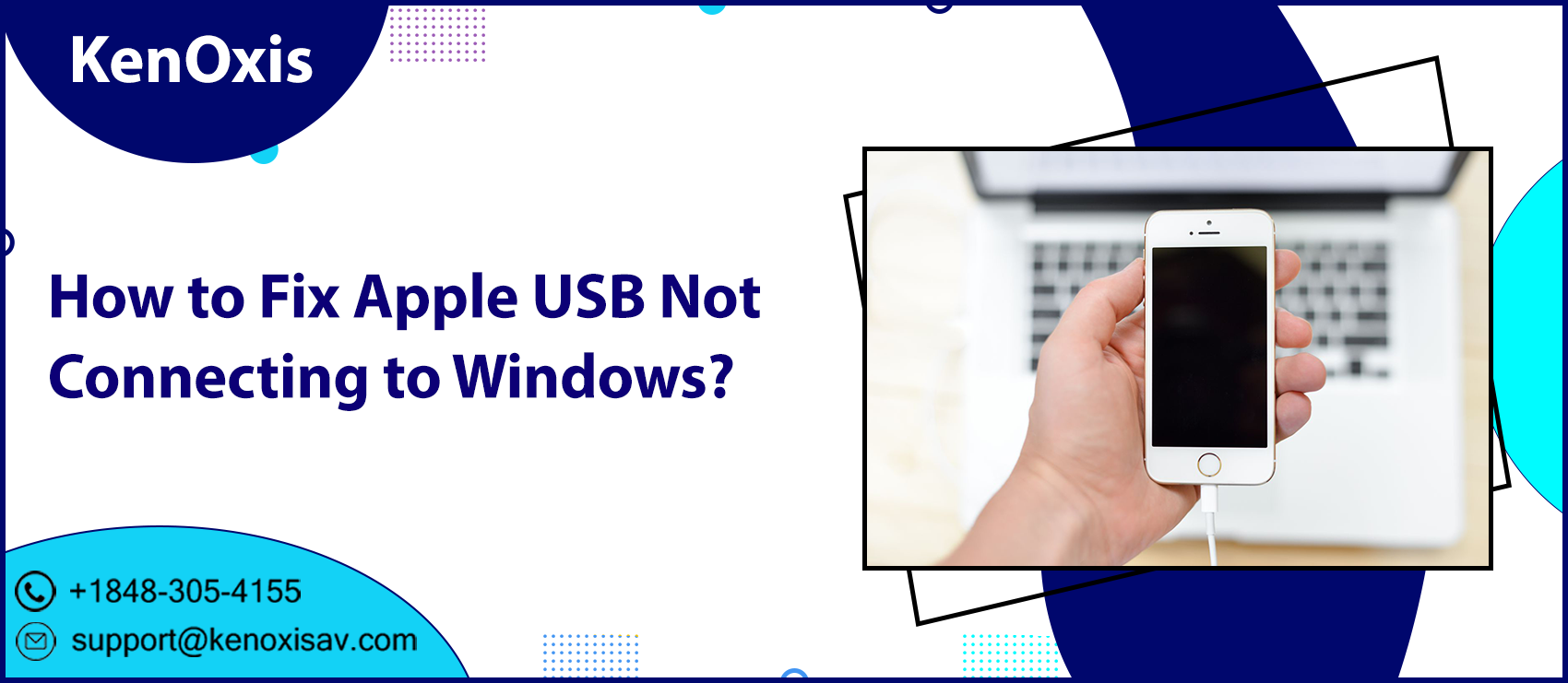If you’re having trouble connecting your iPhone to your computer, you’re not the only one. This aggravating problem affects a great number of individuals. When your iPhone cannot connect to a computer, fortunately, there are simple solutions to try. It might be anything as easy as a broken Apple USB cable, a driver problem, or an instance of iTunes that has some kind of flaw in it.
If iTunes or your computer is unable to identify your iPhone or iPad, or if you are receiving the “0xE” or “unknown” error, the troubleshooting techniques that follow will assist you in resolving the problem.
Be sure to check the Lightning Cable
There is a possibility that your iPhone may refuse to connect to your computer if you have a frayed or damaged Lightning cord. Check to see whether your iPhone will charge when hooked into your computer or another source, such as a power socket. In the event that it does not, the cable is almost certainly at blame.
If this is the case, you might try using a different cable, such as a Lightning cable that MFi has approved, or you could borrow a cable from a friend to determine whether or not the one you are using is defective.
Verify the USB port
You might try connecting the iPhone to a different USB port if it doesn’t work. In the same way that you should try connecting your iPhone to other USB cables, you should also check to see if your computer has more than one USB port and see if you can connect your iPhone to it.
Reboot your Devices
When you restart a device, the memory is wiped clean and the operating system is reloaded, which fixes any temporary issues. You can easily restart your iPhone; in fact, you may do it even if the buttons on the device are damaged as long as you go to Settings > General > Shut Down.
To restart a Windows computer, go to the Start menu, then choose Power, and then click Restart. Simply selecting Restart or Shut Down from the Apple menu will allow you to either restart or turn off your Mac.
Try It Out on Another Computer
If nothing else works, try connecting your iPhone to a different computer to see whether or not this makes a difference. There is a remote possibility that your iPhone will not sync with some setups of Windows, and there is nothing you can do to address this issue. Alternating between many computers is the simplest technique to verify this assertion.
Resolve Driver Problems
Drivers are pieces of software that are responsible for external devices communicating with Windows in the correct manner. It’s possible that iTunes won’t recognize your iPhone if its driver is either broken or out of date. You may solve this issue by reinstalling the Apple Mobile Device USB Driver.
Updating or Reinstalling iTunes
If the version of iOS that you have loaded on your iPhone is not supported by the version of iTunes that you have installed, then you will need to upgrade iTunes on your Windows PC in order to eradicate problems and software incompatibilities. To determine whether there is a newer version of iTunes, go to the Help menu and choose the Check for Updates option.
Get in touch with Apple Support
In the event that the problem continues, you will be required to get in touch with Apple Support. You may reach a customer service person and ask for assistance by logging into the Apple Support site. They will be able to help you in ways that we were unable to, particularly if the problem is with the hardware of your iPhone.
Closing Words
As you can see, there is a wide variety of things that might be preventing you from successfully connecting your iPhone to your computer. The problems you were having should now be resolved thanks to the solutions shown above, and you should be able to use your iPhone with either your Mac or your PC. In such a case, you should take it to the Apple Store closest to you so that a qualified technician may examine it for you.
